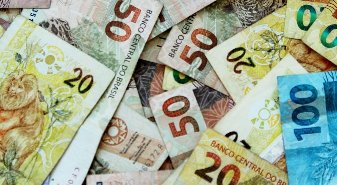
The economy of Ceará grew at twice the national rate in the second quarter of 2019. The gross domestic product (GDP) of Ceará, between April and June this year, closed at 2.08%. Which shows an increase compared to the same period last year.
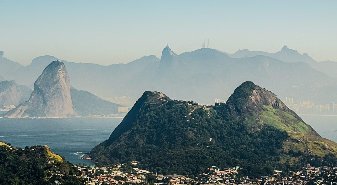
The willingness to invest in Brazil is one of the highest in Latin America. Also, compared to the same period a year ago, Brazil’s GDP grew by 1.0%. Also, a 3.2% jump in fixed investment and a 0.7% rise in industrial production helped drive the expansion
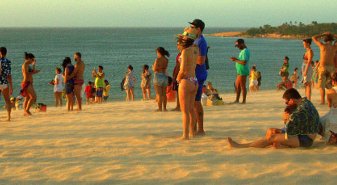
The Fortaleza Airport increased by 99% the number of foreigners in the first half of this year. There have been 129.400 visitors only counting direct international flights. Pernambuco ranks second with 118.900, and Bahia in third place with 115,000 tourists.

There is more good news for Ceará. Not only aspects such as tourism or economy are improving. Unemployment in Ceará has decreased drastically over the last years.
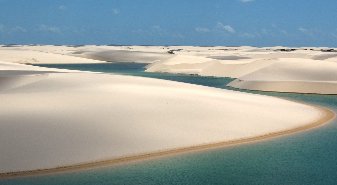
Ceará’s economy carries on growing in 2019. Here is an overview of what and why economy improves in Ceará surpassing the national average.
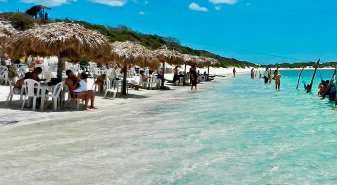
According to the Brazilian Institute of Research Services Monthly Geography and Statistics (IBGE), the State was the fastest growing in the whole country in volume of tourist activities. Figures show an increase of 9.9%, a rate almost three times higher than the average of Brazil in the first half.

The reform proposes that the minimum retirement age will be raised to 65 years for men. Also, 62 years for women having to pay more money for a longer period of time into the system. R$42 billion (around $12 billion) is supposed to get injected into the economy over the next 18 months.

Brazil is predicting a noteworthy increase in the agriculture production this year. The production of cereals, legumes and oil seeds for this year is estimated at 236 million tons. This shows an increase of 4.2% compared to last year.

The Institute of Economic Research and Strategy of Ceará (IPEC) has published new data regarding households in Brazil. In 2018 the number of households in Ceará increased by 3.7% compared to 2017, totalling 110 billion new units.

Foreign investors are returning to the Brazilian market – The latest statistics published by the Central Bank of Brazil show a strong increase since April 2018. Banco Central do Brazil stated that from January until may in 2019, Brazil attracted foreign direct investment (FDI) inflows of more than US$28.1bn (€24.8bn).

Fortaleza will receive about R $ 1.5 billion in public investment. The main areas that the government aims to cover are Health, Education, Social Protection, Culture, Sport, Urbanization, Environment, Infrastructure, Transport and Mobility.

Figures released on the 15th of May, show that rental prices have gone over experts’ expectations, as well as over the predicted inflation from January to April in 2019. In the first four weeks, the average rent cost has risen 2,5%. The increase hasn’t only been seen in the price but also in the number of rentals.
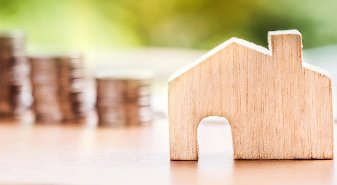
As interest rates have gone down in the last years to 6.5%, and the inflation is rising but in a fairly controlled way, the expectations are very positive as people will have better borrowing conditions, will consume more and therefore increase the GDP of the country. We can observe these changes regarding interest rates over the last years.
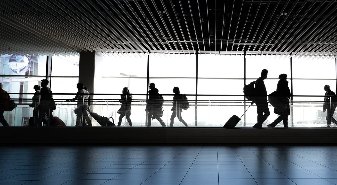
Tourism growth in Ceará is surprising. From January to May in 2019, there has been a raise of 12,2% in landings and departures in Fortaleza airport.
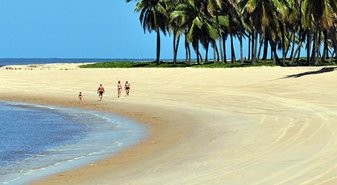
Good news for Ceará as the Ministry of Tourism, Sebrae and Embratur are launching a new program to benefit the tourism sector.
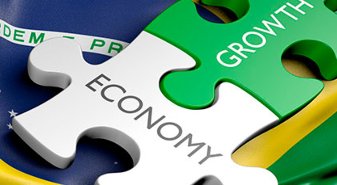
Favourable market conditions mean investment in Brazil property funds doubles in just a year. Find out more about what they mean for the market in 2019.